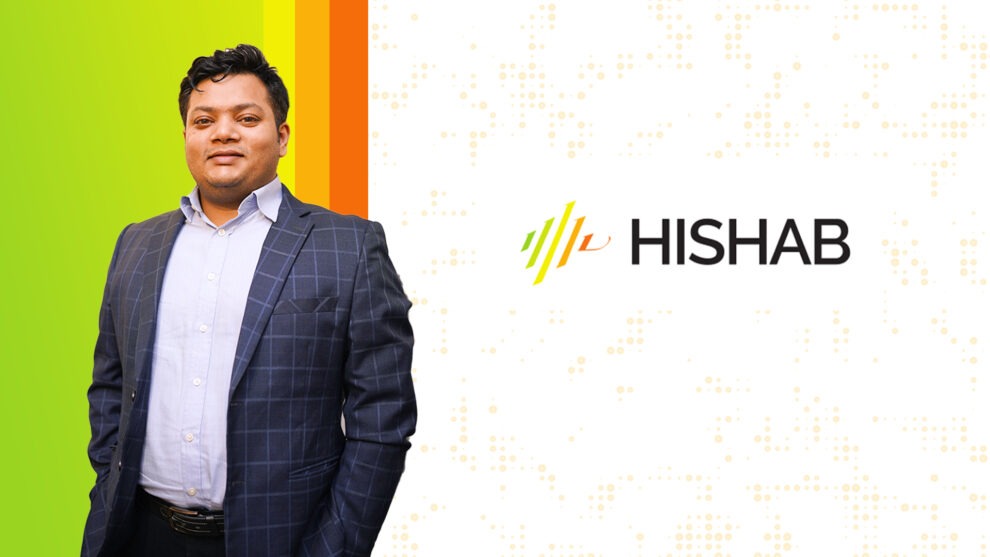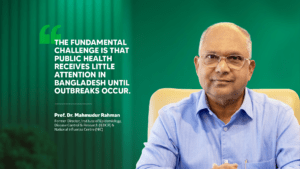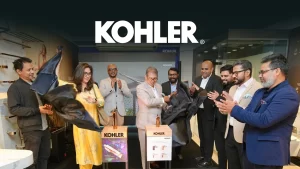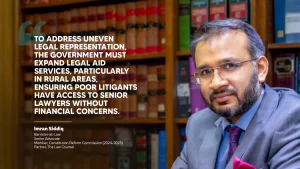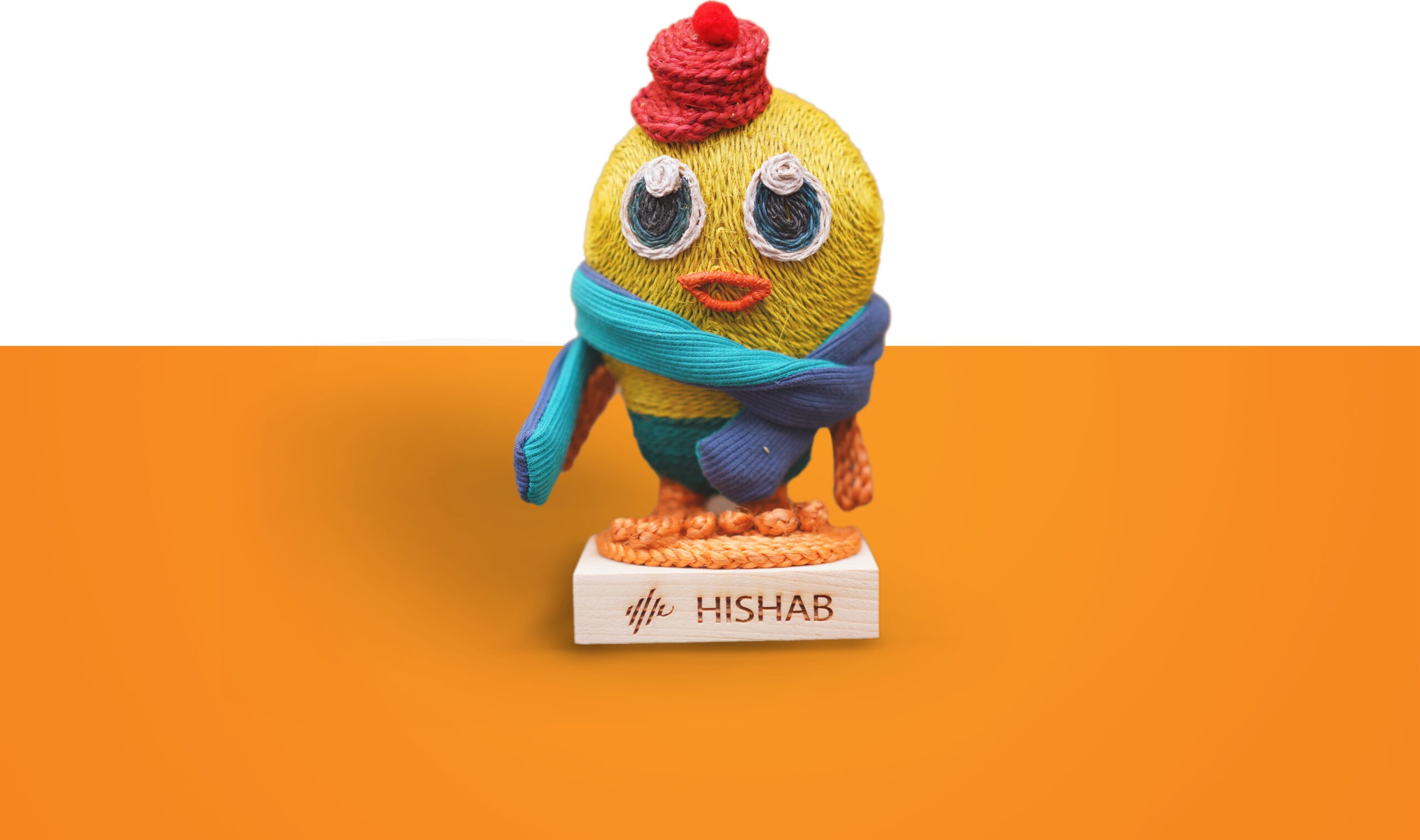
Q. Let’s start with a background about yourself and what was the inspiration and ideation behind forming Hishab, a network-based Conversational AI?
In 2012, I embarked on my university journey at North South University, enrolling in the BBA program with a major in International Business. During my first semester, I quickly realized that I had an abundance of time on my hands, which I knew I shouldn’t squander. Despite being a somewhat average student, I held high aspirations for my future. In a bid to make the most of my time, I decided to start teaching fellow students and soon found myself earning a decent income.
However, it became apparent to me that teaching wasn’t the path I aspired to pursue in the long run. It was a valuable lesson in self-discovery, realizing that this wasn’t aligned with my career goals. Faced with limited part-time job opportunities in Bangladesh, I decided to take matters into my own hands. I reached out to various large conglomerates and expressed my interest in any R&D-related work they might have.
One company showed interest and, during salary negotiations, it became clear that I lacked experience, having just completed my first semester. Without hesitation, I offered to work without pay, solely for the sake of gaining experience. However, I had one condition: I requested the privilege of sitting down with the company’s chairman for 30 minutes once a month. Remarkably, they agreed to this arrangement.
Over the course of three months, I found myself thrust into the role of Project Director for Bangladesh’s first private port, despite being only 21 years old and a second-year student with no prior job or industry knowledge. Juggling full-time studies with this demanding job became my new reality, and I embraced it wholeheartedly. My daily routine consisted of attending classes from 8 am to 11:20 am and then heading to work at 12:20 pm.
My adjustment to corporate culture and eagerness to learn led to valuable interactions with professionals who eventually entrusted me with significant responsibilities. During this time, I even had the opportunity to oversee the procurement of Bangladesh’s first rail-mounted crane, worth $2.5 million.
My tenure as a Project Director was fulfilling, but I soon realized that I was dedicating all my efforts to others’ dreams and ambitions. I yearned to embark on a journey of entrepreneurship, where I could pursue my own vision. I shared a business idea with a friend, and he took it off. And unfortunately, my first business endeavor turned out to be a major failure, lasting only a year.
During this challenging period, fate intervened as I crossed paths with the founder of Hishab at a coffee shop. Despite being strangers, we struck up a conversation, and he shared his ambitious plans. Intrigued and inspired, I decided to throw myself into this new opportunity. Over the next six months, we worked tirelessly to bring his vision to life.
Simultaneously, I continued to face difficulties with my own business. Balancing my responsibilities as a full-time student, managing my own venture, and working with Hishab was a tremendous challenge. I had a daily routine of attending classes from 8 am to 11 am, dedicating 12 pm to 6 pm to my venture, and allocating my evenings from 7 pm to 12 am to Hishab. The geographical complexity of commuting between Mohakhali, Dohs, Bashundhara, Karwan Bazar, and back to Bashundhara became a logistical puzzle I had to solve daily.
Eventually, my personal venture met its demise. However, I transitioned seamlessly into a full-time role with Hishab. Though it was undeniably challenging, I persevered. Finally, I achieved a significant milestone by graduating from North South University, Alhamdulillah.
My journey has been a rollercoaster ride filled with learning experiences, challenges, and accomplishments. Each step has contributed to my personal and professional growth, and I continue to pursue my dreams with determination and resilience.
While there is much talk about achieving a “Digital Bangladesh” and becoming a “Smart Bangladesh,” the reality of how tech-savvy and technology-utilizing the population is may not always align with these aspirations. [Ma1] Several barriers hinder the widespread adoption of technology. According to research conducted by the World Bank, a complex aspect of digital literacy is the graphical user interface (GUI) due to its graphic nature, which necessitates learning. Bangladesh faces the challenge that many people are not inclined to invest time in learning new technologies, especially when their current way of life doesn’t demand it.
Moreover, in Bangladesh, internet access can be prohibitively expensive. Recent data from the Bangladesh Bureau of Statistics (BBS) indicates that approximately three-fourths of the population shies away from using the internet due to its cost, highlighting another significant barrier to digital inclusion.
To address these barriers and to encourage banking cum financial inclusion, we conceived the idea of utilizing voice technology over the telephone network. The telecom infrastructure in Bangladesh is widespread, and almost every individual knows how to communicate over the phone by dialing numbers. Our vision is to create a system where people can interact not with humans, but with AI bots by dialing numbers. When activated, this AI functions as a Personalized Intelligence Assistant (PIA). By introducing such a system, we aim to democratize technology, making it accessible to a broader segment of the population.
In essence, our goal is to democratize technology not only within Bangladesh but also potentially extend this approach to a global scale. Thus, an apt title for our endeavor could be “Democratizing Technology: From Bangladesh to the World.”
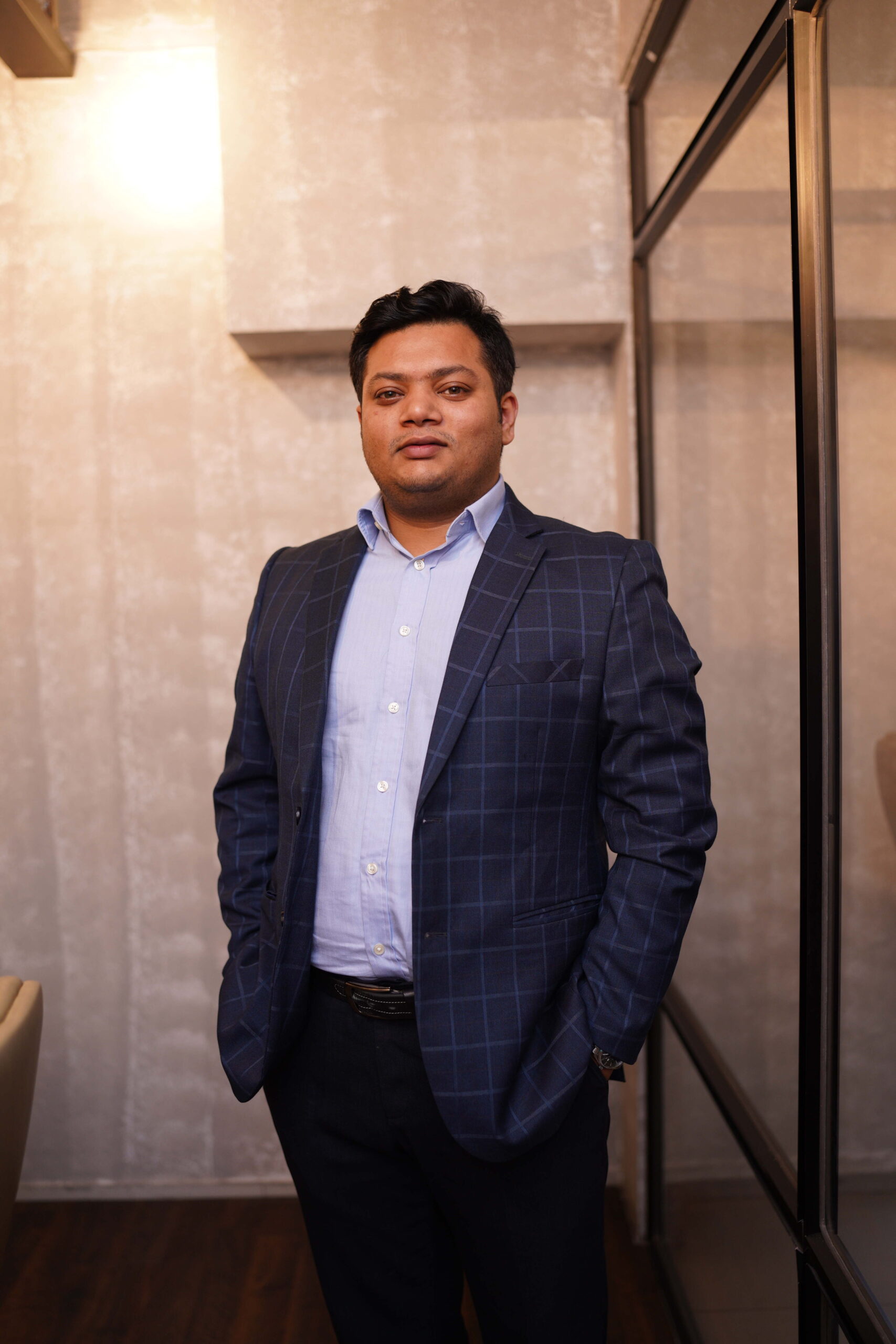
Q. Walk us through the operations of Hishab including the technology infrastructure behind it and if you could also mention about the intellectual properties especially patents.
Our journey in research and development commenced in 2016 with an audacious goal: to pioneer the uncharted territory of voice technology. We recognized a significant gap between traditional telephony systems, and modern smartphones. Most technologies worked with smartphone based voice technology, neglecting the telephony systems. But most of the users in the developing part of the world don’t have a smartphone. That’s why we focused on building a robust telephony voice technology stack. Bridging this gap was just the beginning.
In our quest to create a system capable of understanding local languages and dialects, we harnessed a powerful combination of technologies. Automatic Speech Recognition (ASR) was employed to convert spoken language into text, while Natural Language Understanding (NLU) stepped in to understand the user’s intent, enhance comprehension, and facilitate meaningful conversations. Our Text-to-Speech (TTS) system then gave voice to the text, ensuring seamless communication between humans and machines.
But our system doesn’t stop there. It operates in real-time, processing your speech while capturing the nuances of sentiment – be it a shout of excitement or a burst of laughter. Understanding user sentiment is key to delivering a personalized experience.
To empower our AI system to converse effectively, it requires a vast reservoir of information. We seamlessly integrate with our clients’ Enterprise Resource Planning (ERP) systems, enabling us to provide relevant information instantaneously, whether the topic is football or recent events.
Our AI systems house an extensive repository of voice and data, collected from a wide array of sources. This diverse dataset allows us to engage in meaningful conversations.
When you interact with us, there’s no need to wait for a human agent to pick up your call. Our automated system handles your queries, offering suggestions and providing information. Our track record speaks for itself, with an impressive 86% success rate in automating the customer calls to one of the largest energy providers in Japan.
Since our inception, innovation has been our driving force. Every solution to a technical problem sparks an idea towards filing patent applications that encapsulate the intricacies of our communication methods, encompassing LLM, ASR, NLU, TTS, and more. We take immense pride in being one of Bangladesh’s foremost patent holders, having extended our reach to 22 countries, including India, Indonesia, Nigeria, and 18 African nations through the African Regional Intellectual Property Organization (ARIPO). At present we hold 33 granted patents with another addition of 50 patents in the pipeline.
Patent culture is deeply ingrained in our ethos. We encourage our team to pursue a rich portfolio of patents, championing the spirit of invention over imitation. Our commitment revolves around pioneering the new, not merely replicating the old, and our patent strategy underscores this dedication to innovation.
Q. Walk us through your target market and the industries or businesses that benefit the most from Hishab’s services and how it has impacted the lives of many.
Currently, we proudly serve a user base exceeding two million individuals, a milestone we achieved roughly a year ago. These two million users predominantly hail from the micro-financing industry (MFI), a segment that plays a crucial role in supporting farmers, both men and women, in rural areas. Through loans obtained from MFIs, these individuals expand their farming ventures and businesses.
In rural villages where digital literacy and educational attainment are relatively low, we provide invaluable digital services. Many of these rural residents are unfamiliar with tasks such as handling text messages related to banking transactions, managing money receipts, or tracking loan installments. However, our technological intervention empowers them to communicate directly with their financial institutions through phone conversations, where they can obtain real-time information about their finances, loans, savings, and installment schedules. This bridge between rural residents and MFIs fosters trust, a critical factor in the financial sector. Furthermore, it facilitates complaint resolution, a vital function in the microfinance industry.
It’s worth noting that the microfinance industry is a formidable contributor to the Bangladesh economy, accounting for a substantial portion of the GDP, exceeding 10%. However, it relies heavily on cash transactions, which constitute 98% of its operations. This reliance on cash entails high operational expenses, as field agents must visit homes individually, making it a time-consuming process. In response to these challenges, we’ve leveraged our understanding of the rural population’s communication habits, resulting in a remarkable 93% retention rate. Our user-friendly services have boosted mutual trust and people’s confidence in performing digital transactions.
Our upcoming ventures are set to revolutionize the Bangladesh landscape even further. Having started with integrating with the MFI industry, we plan to next integrate our Conversational AI into various other industries, including, but not limited to, FMCG, Insurance, Mobile Network Services, Healthcare, Education, and more. Essentially, we see that wherever activities are conducted via speaking, we have a solution to make it more accessible and efficient. Another exciting development of ours while entering the early stages of the vision of a “Cashless Bangladesh”, is voice pay. This voice payment innovation is truly groundbreaking. It distinguishes us as the only company globally offering voice-based payment solutions that require neither internet connectivity nor the use of smartphone apps. With just a conversation, users can securely make payments by specifying the amount, utilizing voice biometrics as authentication tools along with few other options. Once this innovation is launched, it promises to be a game-changer for all payment solutions, enabling all to substantially reduce operational costs and overcome existing obstacles.
In summary, our journey began with empowering rural communities through digital access, and it has culminated in pioneering voice-based payments that have the potential to transform not just the microfinance industry but the broader landscape of digital transaction of voice data in Bangladesh.
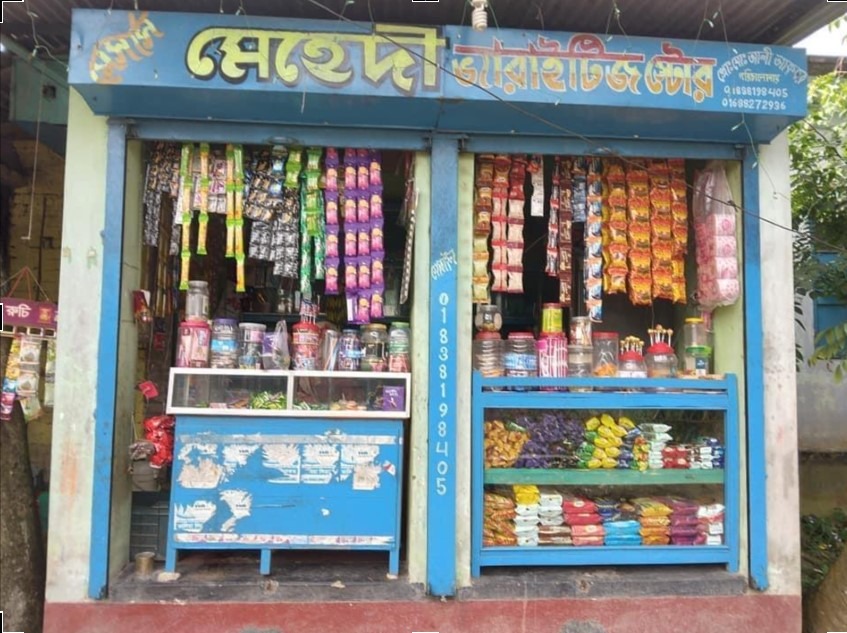
Q. How do you maintain the security and authenticity within your platform?
In the financial industry, security is paramount, and we uphold the industry’s rigorous security protocols to safeguard sensitive information. Our commitment to security extends to our office premises, where access is granted through biometric authentication, specifically fingerprint recognition.
Within our services, we employ a cutting-edge technology known as voice biometrics. This technology identifies individuals based on their unique vocal patterns, harnessing the distinctive characteristics of their voice waves. To ensure the highest level of security, we leverage the expertise of a trusted third-party provider for our voice biometrics services.
Furthermore, our multi-layered security approach encompasses a range of authentication methods, such as voice passwords, reinforcing our dedication to maintaining the utmost security standards in every facet of our operations.
Q. Shed some light on the ways Hishab stays updated and adaptable in the rapidly evolving field of conversational AI and telephony technology.
Our consistent leadership in technology is a testament to our unwavering commitment to Research and Development (R&D), which forms the bedrock of our strength. We’ve maintained a pioneering position by proactively embracing cutting-edge innovations and integrating them seamlessly into our operations. For instance, when Kafka was initially introduced, we were among the early adopters who swiftly incorporated Kafka clusters into our systems.
Our ability to stay at the forefront of technological advancements is driven by our exceptional R&D team. This dedicated group not only spearheads our R&D efforts but also plays a pivotal role in securing patents for our groundbreaking innovations.
In addition to our strong R&D focus, we have an AI team that is tirelessly dedicated to pushing the boundaries of technology innovation on a daily basis. This commitment to ongoing innovation is the cornerstone of our sustained success and our enduring position as a technological trailblazer.
Q. Share some of your expansion plans with your service offerings in the future and if there’s any upcoming features or innovations in the pipeline.
Over the past year, we’ve taken our first steps in the commercial arena with one of our products, but there’s a lot more in the pipeline. These upcoming products are not just high-potential; they’re high-impact. One exciting addition on the horizon is voice payments, which will be introduced shortly.
Our vision extends beyond product launches; we’re committed to addressing long-standing issues, particularly within the grocery store industry. Despite being a substantial contributor to our GDP at around 17%, many of these Micro, Small, and Medium Enterprises (MSMEs), including small-scale farmers, face challenges related to digital and financial literacy, particularly in terms of accounting. We believe in empowering them. Imagine a scenario where a small-scale entrepreneur can simply engage with our AI, stating, “We’ve sold 5kg of rice for 50 tk.” This newfound data can be leveraged to seek financial assistance, contributing to their financial inclusion. Not only that, but we also see ourselves providing value to manufacturers and large industries as well, since through our Conversational AI, orders can be placed and paid for directly by MSMEs through a simple phone call. This cuts the wait time for MSMEs to place orders, as they won’t have to wait for visits by sales representatives or distributors or have to deal with cash collection issues, which we believe will help increase efficiency and transparency throughout operations. In this way, we directly impact Sustainable Development Goals (SDG) 9, 10, and 11.
Furthermore, think about your last visit to a neighborhood grocery store. Wouldn’t it be convenient if the store’s salesperson could place an immediate order for products you requested? Currently, this process relies on human interaction and can take days. Our goal is to streamline this through AI-driven conversations, making the customer experience seamless.
Moreover, we often encounter survey calls, but their authenticity is questionable and often are very time consuming. By the time we get back results from mass market surveys, the data is already invalid because of the time lag to receive the results. Moreover, when responding to surveys, we tend to select options based on our mood, rendering the data inaccurate. However, when Hishab enters the conversation, the concept of surveys changes. Our system can conduct thousands of calls simultaneously and gather real time feedback that can be passed onto those conducting the survey. No wait times are needed to gather the data. Our system also performs sensitivity analysis to understand how our mood affects survey responses, ensuring data accuracy. These factors help create more authentic and transparent results that can give organizations and companies a real time feel about the pulse of Bangladeshi citizens, which can lead to better policy formation, product offerings, and innovation.
Lastly, consider the benefits of knowing your consumers’ preferences. Armed with this information, we can proactively reach out to the consumers with tailored offers. For instance, we could contact a Pepsi enthusiast with an exclusive promotion. This is what we refer to as “HiAd” – personalized advertising that resonates with your interests.
Our journey involves not just introducing innovative products but also revolutionizing industries, enhancing data accuracy, and delivering tailored experiences. We’re here to make life more convenient, efficient, and enjoyable for all.
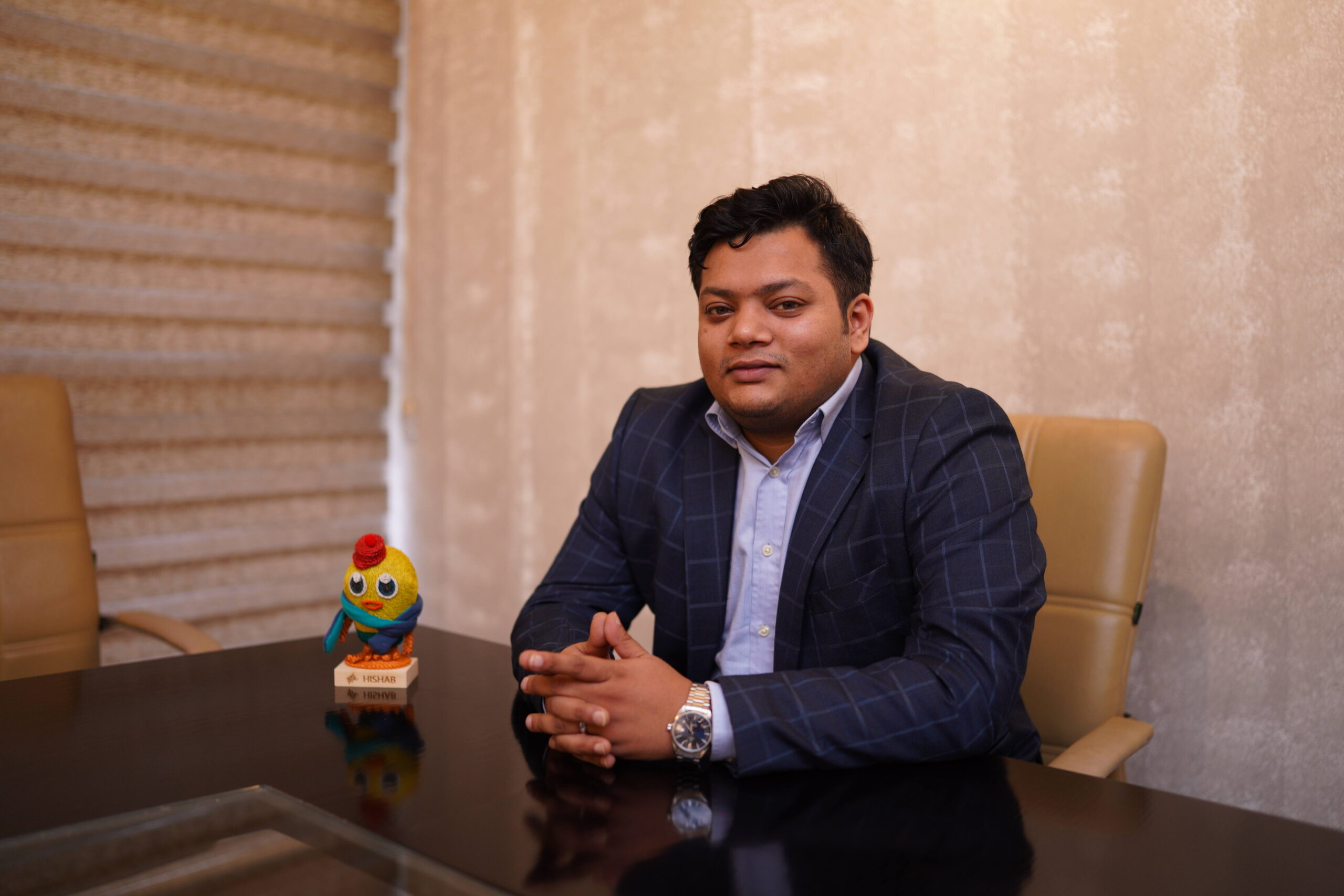
Q. Share your long-term vision for Hishab, and how you believe it will shape the future of Telephony network-based Conversational AI and contribute to its overall growth.
When we refer to “Smart Bangladesh” in contrast to “Digital Bangladesh,” we encounter the question of what makes a nation truly smart. Intelligence is often associated with knowledge, and in the context of Bangladesh, “Smart Bangladesh” can be seen as synonymous with a knowledgeable and forward-thinking nation. “Smart Bangladesh” encompasses four core pillars: smart citizens, a smart society, an intelligent government, and a thriving smart economy.
At the heart of these four pillars lies the imperative to democratize technology, ensuring that every individual has an equitable opportunity to access vital information. With access to information, individuals can be empowered to make more insightful and fruitful decisions that can enrich their livelihoods and wellbeing. While the utilization of this opportunity ultimately rests with the people, the critical point is that the information is readily available for further processing. Our aim is to automate and become a pivotal player in partnership with the Government of Bangladesh. Together, we endeavor to make our solutions and services accessible to every corner of the country, providing accurate information effortlessly.
Our vision revolves around creating a solution that doesn’t necessitate internet connectivity, downloading applications, or essentially requiring any sort of learning curve. Instead, it offers a user-friendly system that requires people to just talk about what they desire. This is the essence of democratizing technology. Once technology is accessible to all, its impact depends on how citizens harness it to enhance their lives. This is our contribution to society: empowering individuals to make informed decisions and drive progress in a knowledge-rich and technology-driven Bangladesh.
